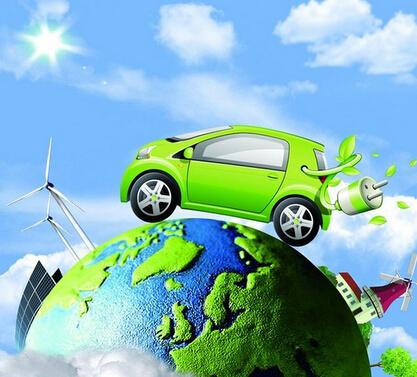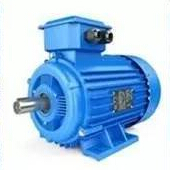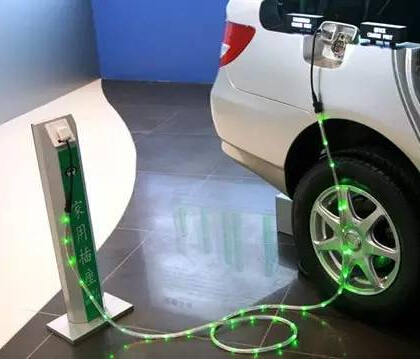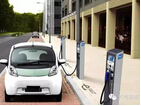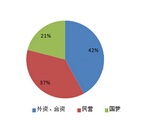New cars slip, used cars awkward
According to iResearch statistics, in 2018, the used car transaction volume of used car e-commerce in China was 2.327 million, a year-on-year increase of 50.1%, and the transaction value was 114.76 billion yuan, a year-on-year increase of 33.8%. At the same time, the growth rate of China's auto registration business has gradually declined, and even in 2018, it experienced negative growth.
Analysts said that replacement has become one of the core driving forces of the new car market. Combined with the consumption classification in the new car market, the replacement behavior will bring more used car supply.
New energy vehicles are also about to usher in a replacement peak, but it is different from the development trend of the entire automobile transaction.
According to industry insiders, the service life of general automotive power batteries is 5-8 years. If it is used for about three years, the depreciation will be at most 89,900,000. If it is longer than five or six years, there is no collision. The highest purchase price is around 40,000. An owner of a new energy vehicle whose warranty is about to expire said that replacement of the battery after the expiration will be at their own expense, and the cost is expected to be about 40,000 yuan, which is basically the same as the price of some new energy vehicles in the used car market.
Therefore, these car owners are generally faced with the choice of replacing batteries or selling used cars and then replacing them with new ones. However, no matter what choice they make, it seems that it will only make existing new energy vehicle sales more embarrassing.
If the owner chooses to replace the battery, the consumer demand for new cars is difficult to stimulate. If they choose to sell used cars for new ones, as the current new energy vehicles are not affected by the current second-hand car market, they may want to consider whether to buy new energy again car. Because the value retention rate of new energy vehicles has dropped, it is possible that owners will return to fuel vehicles.
In addition, with the recent emergence of new energy vehicle manufacturers into a crisis, consumers' expectations and confidence in new energy vehicles have been severely weakened. The original plan for mass production of Byton at the end of the year was postponed for another half year. Although Xiaopeng Motors received US $ 400 million in financing, it was US $ 200 million less than its original target. It claimed to be the first profitable Weimar Automobile and was seeking 6 Financing US $ 1 billion during the month, and even worse, Weilai, was pointed out by Bernstein, a US financial consulting agency, that funds may have been exhausted.
For the original favor of new energy vehicles, this situation undoubtedly reduces their willingness to replace new cars. At the same time, this may also bring a vicious circle: new energy vehicle companies have exploded and ceased production, which has greatly dampened the enthusiasm of car dealers. They reduced the acquisition of new energy used cars, resulting in lower prices, and used car prices. The reduction has further affected the new car market.
Looking at the longer term, is the new energy vehicle really suitable for entering the used car market before the battery consumption problem of new energy vehicles has been resolved?
Will new energy overwhelm the used car market?
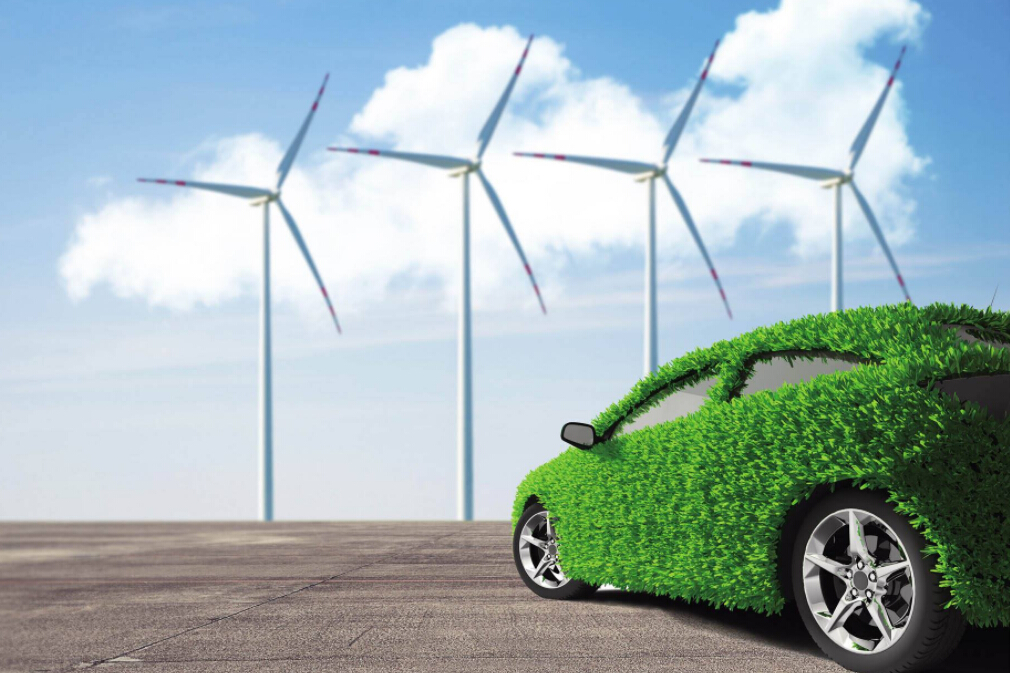
In recent years, the United Kingdom, France, the Netherlands, and India have announced timetables for discontinuing the sale of fuel vehicles. China has also started to formulate a timetable for discontinuing production and sales of fuel vehicles. Therefore, it is a general trend for new energy vehicles to replace fuel vehicles as the main model.
On December 3, the Ministry of Industry and Information Technology issued the "Development Plan for the New Energy Vehicle Industry (2021-2035)" (draft for comments). By 2025, the sales volume of new energy vehicles will account for about 25%, and the sales of new vehicles for intelligent connected cars The proportion reached 30%. According to this share target, it is estimated that the sales of new energy vehicles will be close to 7 million that year, and the compound growth rate from 2019 to 2025 will reach 34%.
The increasing proportion of new energy vehicles in overall new car sales also means that the proportion of new energy vehicles in the used car market will also increase, but this is the biggest crisis in the used car industry.
According to the data in the "2019 China Car Hedge Rate Report" issued by the China Automobile Finance and Hedging Rate Research Committee, the three-year average value preservation rate of mainstream new energy vehicles in China is only 32.31%, while similar fuel vehicles are generally about 60%. Some car dealers said that if new energy vehicles are rushed back, it is likely that they will not be sold for months or even half a year, and during this period, the risk of discounting the vehicles is also high.
In other words, if the problem of battery consumption of new energy vehicles is not solved in one day, it will be difficult to increase the value preservation ratio in the used car market. Once the proportion of new energy vehicles in car sales increases in the future, the used car market must not If new energy vehicles are not accepted, then these used new energy vehicles will not be sold for a long time, which will directly bring down the entire used vehicle industry.
















 RCCN WeChat QrCode
RCCN WeChat QrCode Mobile WebSite
Mobile WebSite